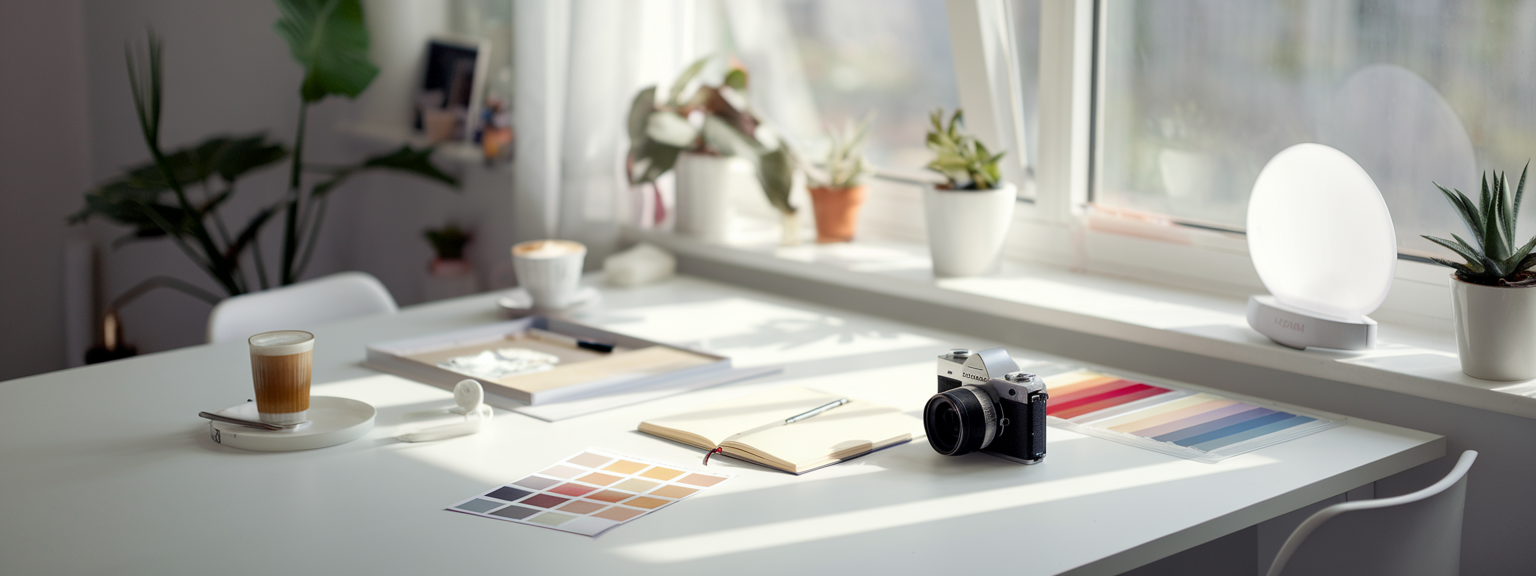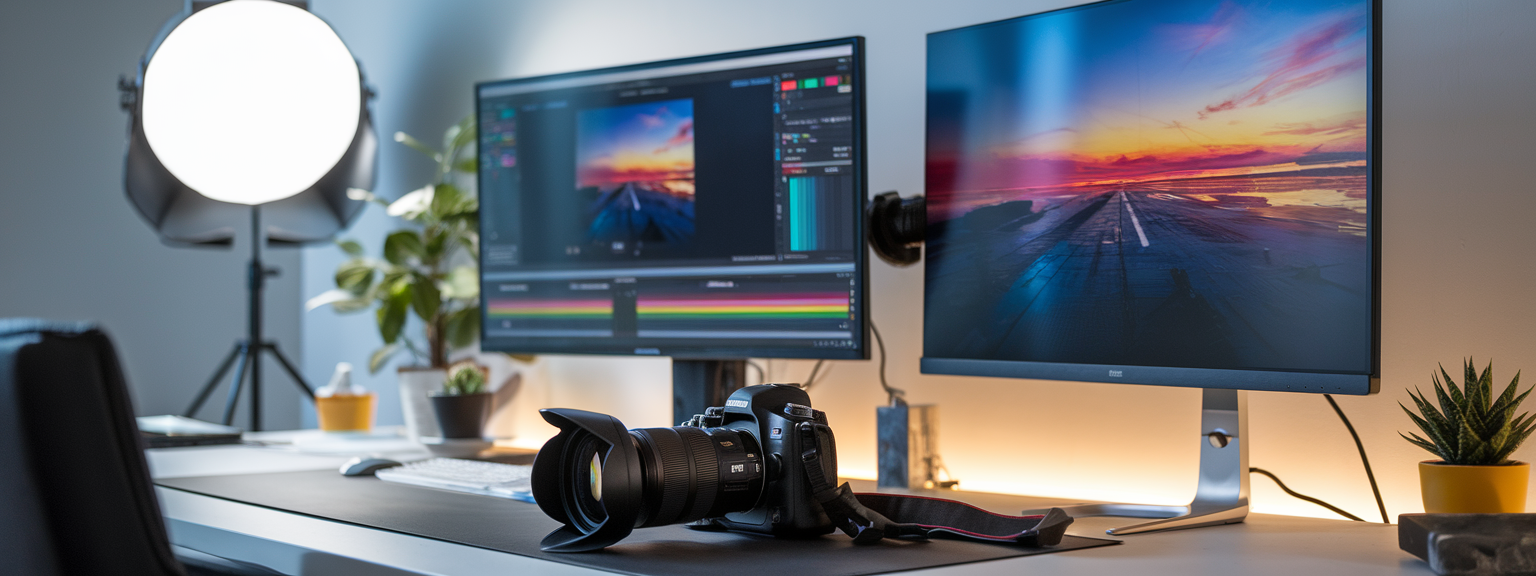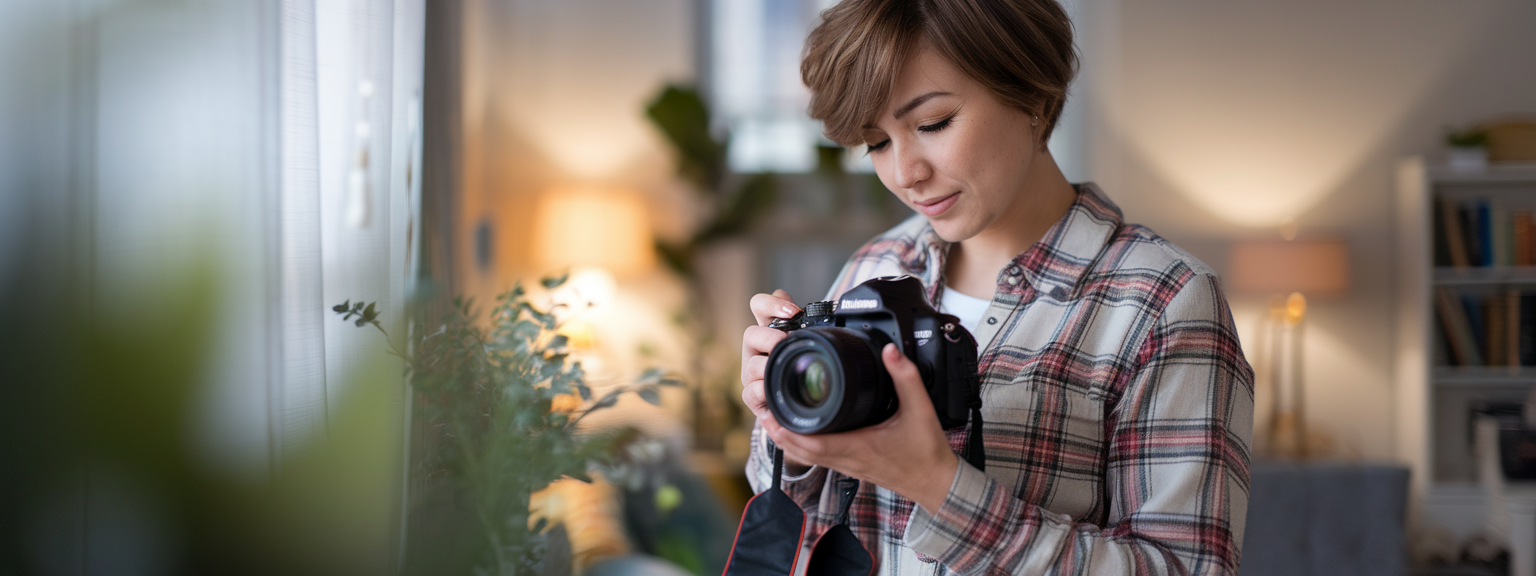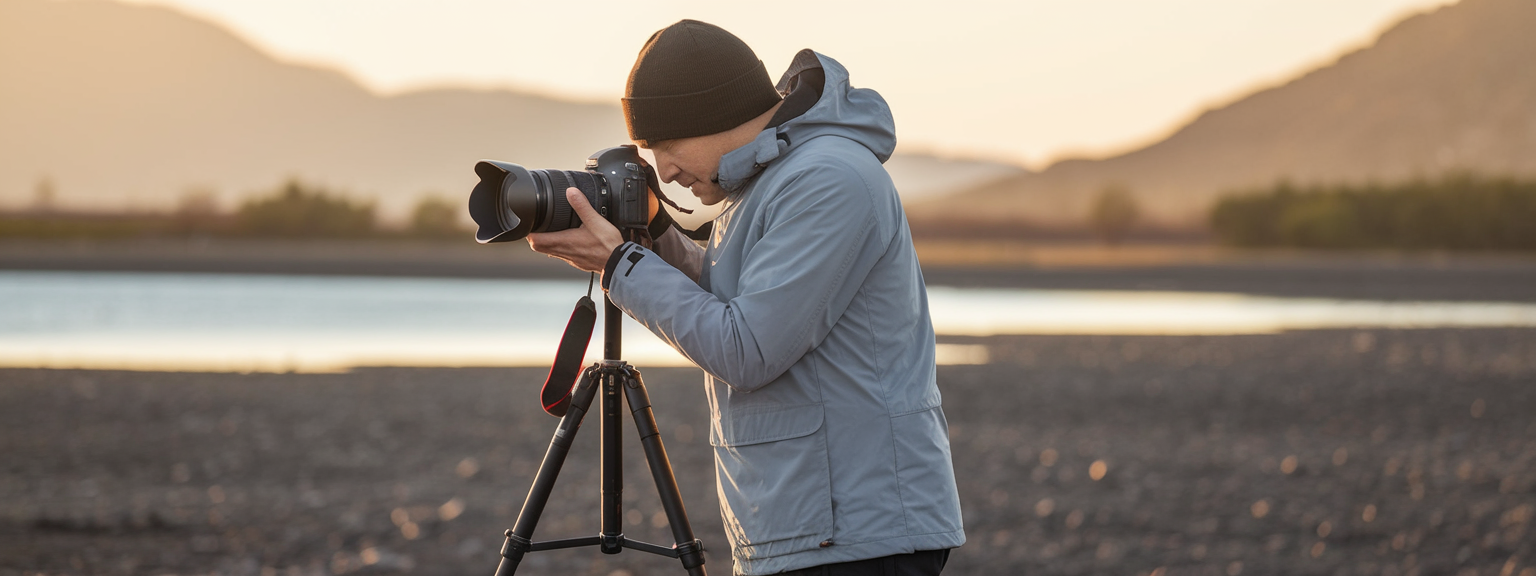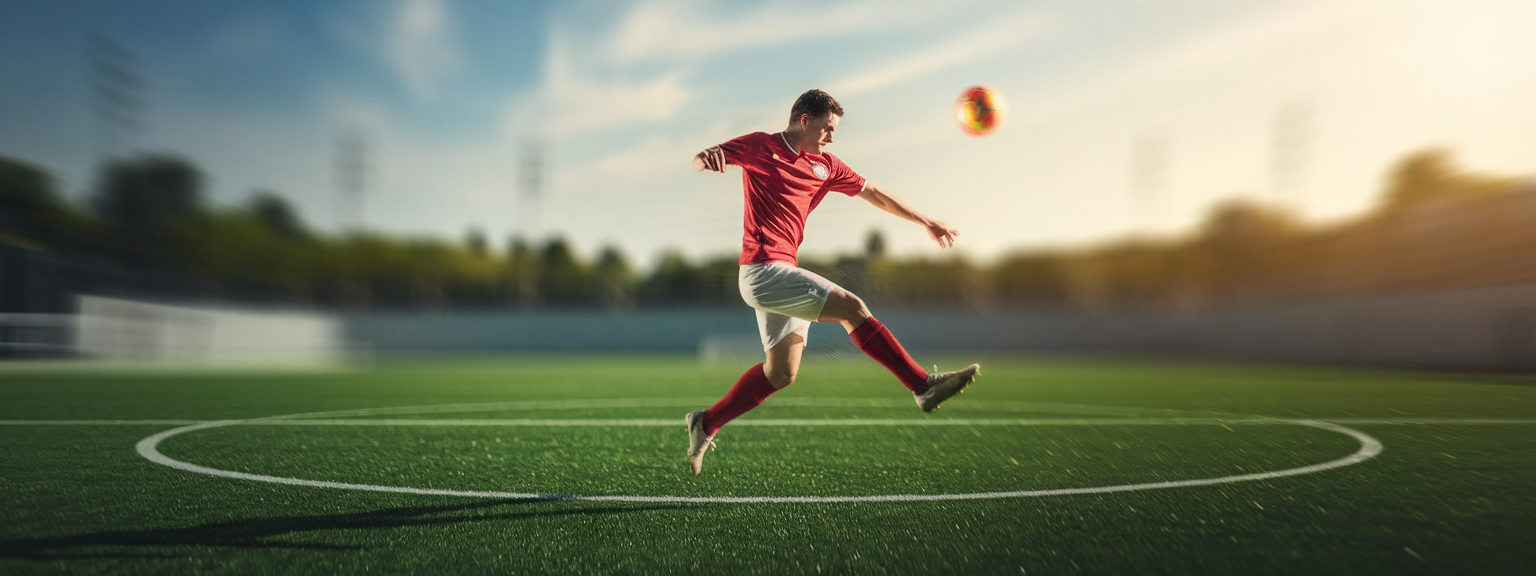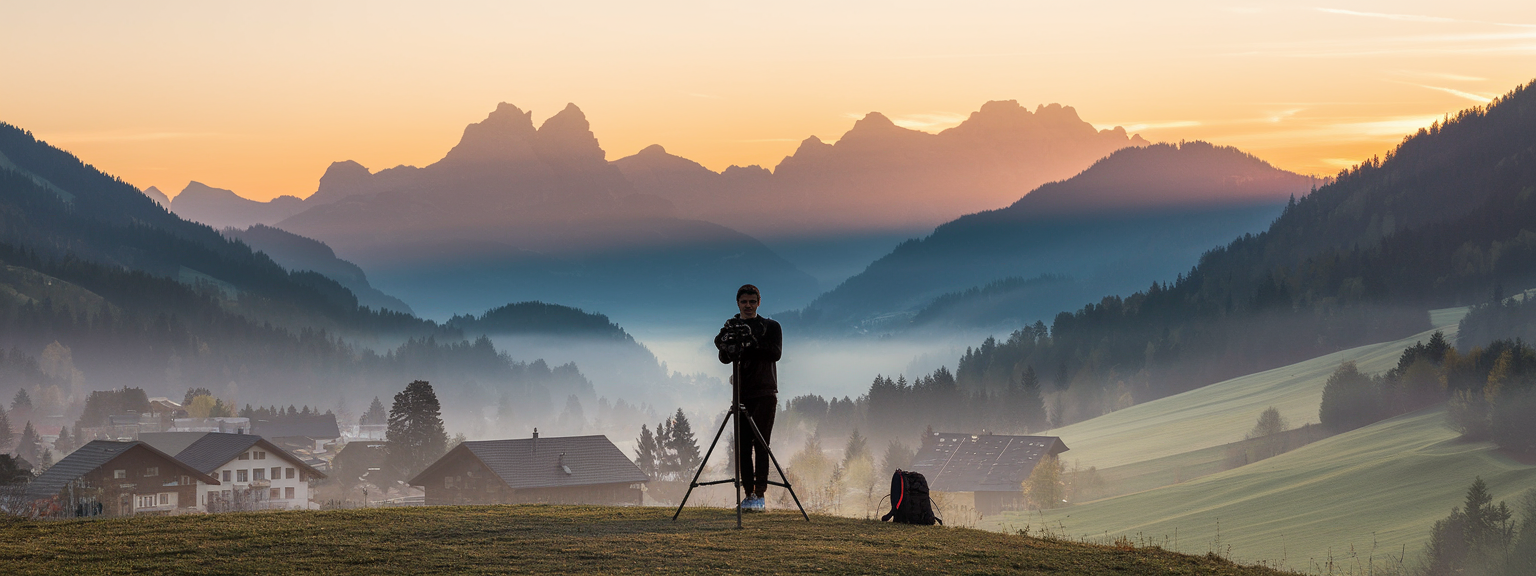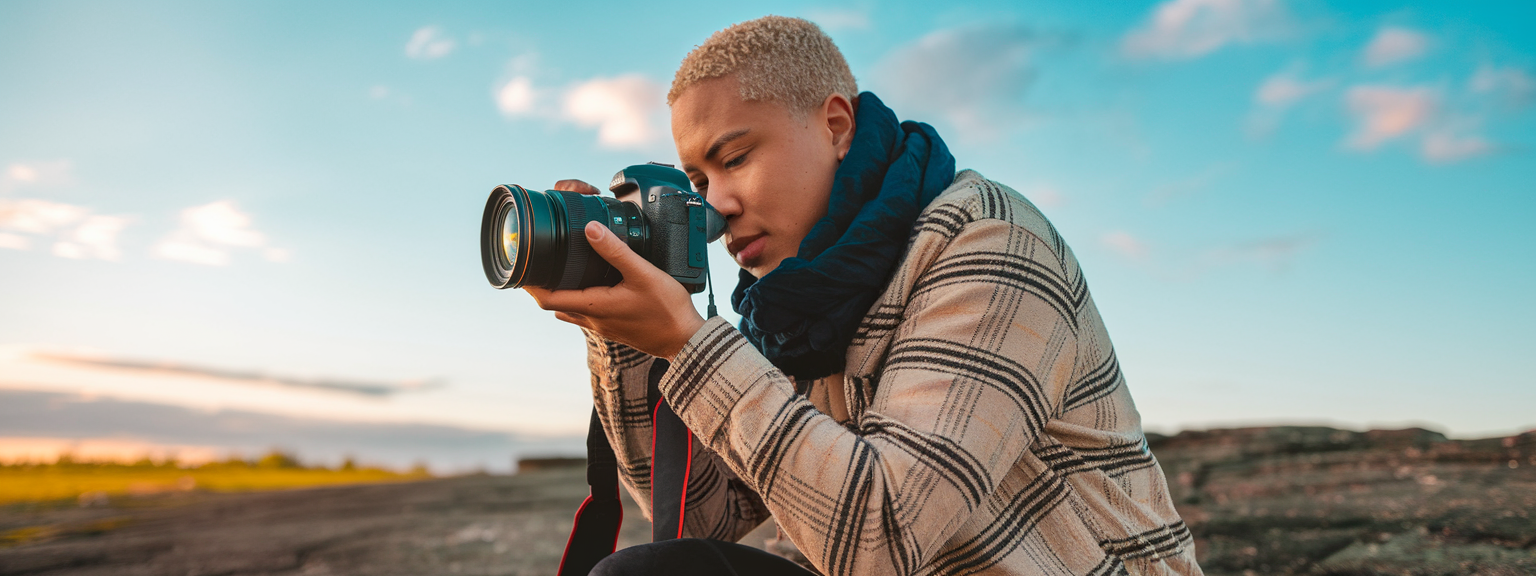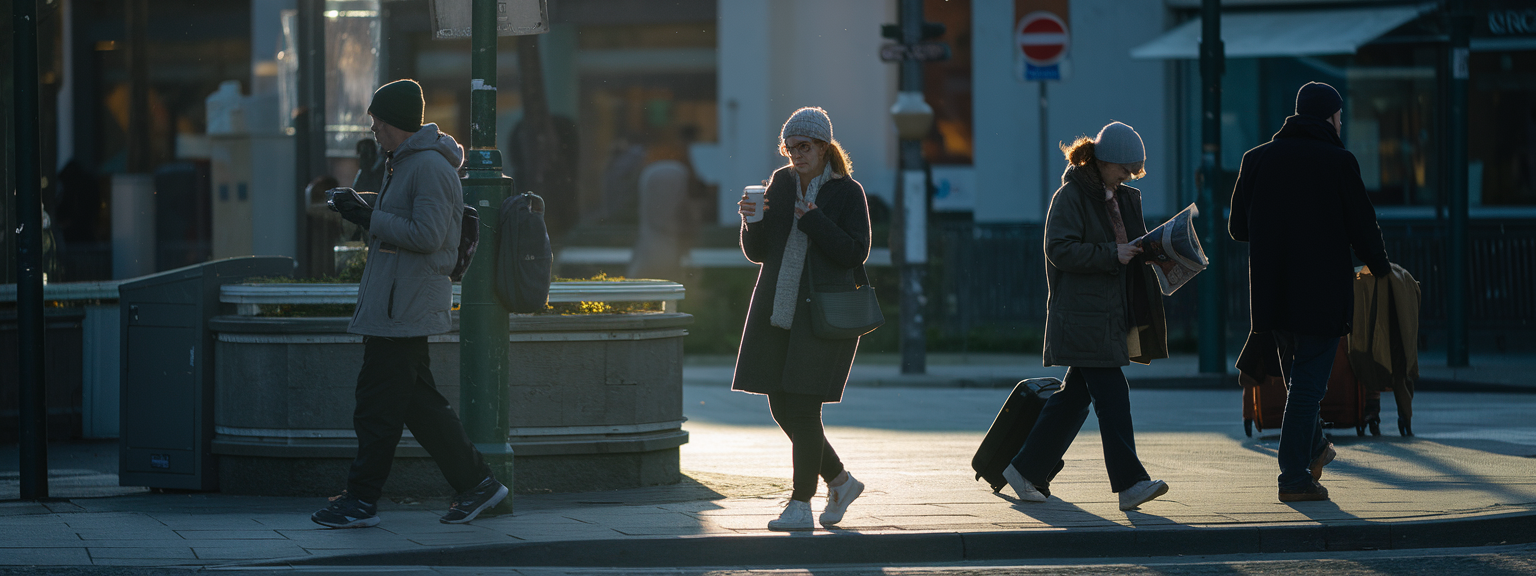Discovering the Art of Macro Shots: Techniques and Tips

📝 Step-by-Step Guide: Macro Shots
Macro Shots bring a world of intricate detail into focus; within this guide, we explore both Close-Up Photography and Macro Photography Techniques that are essential for creating Detailed Images. This step-by-step approach explains the ideal camera settings, subject focus, and creative photography methods that will transform your shooting experience. Whether you are capturing the textures of a flower petal or the minute details of an insect’s wing, these Macro Shots techniques will elevate your photography.
Understanding Your Macro Photography Gear
Before diving into capturing Macro Shots, it is critical to assemble the proper equipment. The right gear can make a significant difference in your Close-Up Photography results. Consider investing in a robust DSLR or mirrorless camera capable of manual adjustments, along with a dedicated macro lens. Such lenses offer excellent subject focus, ensuring that Detailed Images emerge with clarity and precision.
- Camera with manual settings
- Dedicated macro lens for superior close-up capture
- Sturdy tripod to minimize camera shake
- Remote shutter release for optimal stability
- Additional lighting equipment—such as ring lights or external flashes—to enhance lighting conditions
Setting Up Your Camera
When capturing Macro Shots, tweaking your camera settings is essential. Begin by setting a small aperture (a higher f-stop number) to maximize the depth of field, ensuring that every element of your subject, from intricate textures to fine details, remains in focus. In addition, adjust the shutter speed to capture sharp images by minimizing motion blur, and keep ISO levels low to preserve image quality. Manual focus is another critical component; by fine-tuning it, you gain control over where the camera locks in on the subject.
Choosing the Right Subject
Great Macro Shots depend on selecting subjects that show unique details and textures. Look for subjects such as flowers, insects, water droplets, or even everyday objects that, when observed closely, reveal remarkable patterns. Apply basic composition rules—like the rule of thirds—to create engaging images that emphasize both artistic flair and precise subject focus.
Composing and Executing the Shot
Once you have selected the subject, experiment with different angles and perspectives to breathe life into your Macro Shots. For instance, shooting from a low angle or experimenting with side lighting can enhance textures and details. Additionally, using techniques such as focus stacking can improve focus accuracy in cases where a shallow depth of field might otherwise miss subtle details. Finally, ensure stability by employing a tripod and remote shutter release.
Post-Processing Techniques
After capturing your Macro Shots, post-processing is vital to refine your Detailed Images. Software programs like Adobe Lightroom and Photoshop allow you to sharpen focus, adjust overall exposure, and enhance the vivid details inherent in your subject. By balancing clarity and natural color, you can further distinguish your work, ensuring each Macro Shot is a refined piece of art.
📌 Practical Applications: Macro Shots
Macro Shots extend far beyond artistic allure; they serve practical roles across diverse fields. In product photography, these detailed close-ups can elevate the appeal of a luxury watch or a piece of jewelry by showcasing minute details. Similarly, in scientific documentation, Macro Photography Techniques are instrumental in revealing and recording the intricacies of flora and fauna. By employing precise camera settings and embracing creative subject focus, everyday objects can be reimagined as striking art.
Art and Creative Expression
Macro Shots enable photographers to uncover the hidden world of subtle textures and patterns. For example, a close-up of dew on a petal can transform nature’s simplicity into a dramatic narrative, thus demonstrating the remarkable interplay of light and shadow in creative photography.
Commercial and Product Photography
In commercial settings, Macro Shots are invaluable. When you capture the exquisite details of a product, such as the intricate design of a cosmetic compact or a piece of jewelry, you communicate quality and craftsmanship. These close-up images are essential tools for brands aiming to showcase their offerings with precision and professionalism.
Scientific and Educational Documentation
Macro Photography Techniques play a central role in fields like botany and entomology. Researchers and educators alike use these Detailed Images to document the structure and texture of specimens, enhancing research papers and classroom presentations. The ability to focus intently on minute details transforms Macro Shots into powerful educational visuals.
💡 Tips & Tricks: Macro Shots
To perfect your Macro Shots, continuously refine your technique by practicing and experimenting with various settings and compositions. These Photography Tips are designed to incrementally improve your Close-Up Photography and yield consistently detailed images.
Embrace Patience and Continuous Practice
Macro Shots demand time and patience. As you experiment with Manual Focus and varied lighting conditions, remember that persistence is key. Adjust your aperture, shutter speed, and ISO to see how each change can affect the final detailed image. Therefore, by patiently refining your skills, you will eventually achieve impeccable Macro Shots.
Utilize a Focus Rail for Precision
A dedicated focus rail enables precise adjustments of your camera’s position, making it easier to capture intricate details within Macro Shots. This tool is particularly beneficial when working with a shallow depth of field, ensuring that every element from subject focus to background treatment is meticulously calibrated.
Harness the Power of Diffused Lighting
Lighting is critical in Macro Shots. Instead of direct, harsh lighting, opt for diffused light which softens the shadows and highlights textures. In addition, experimenting with backlighting or side lighting can create dramatic effects that accentuate subject focus and bring out intricate details in your Close-Up Photography.
Explore Different Angles and Perspectives
Often, a slight change in perspective can yield completely different and intriguing Macro Shots. Try shooting from unconventional angles or adjusting your height relative to the subject. This creative approach not only provides varied compositions but also emphasizes Detailed Images and unique textures that are central to successful Macro Photography Techniques.
Incorporate Creative Post-Processing
Post-processing plays a critical role in enhancing Macro Shots. Use software such as Adobe Lightroom or Photoshop to adjust clarity, contrast, and saturation. This step not only refines the highlights of your subject focus but also enriches the Detailed Images by accentuating textures and subtle tones inherent in the subject.
📸 Sample Scenario
Imagine a serene morning in a botanical garden, where the dew on a vibrant rose petal glistens under the soft light of dawn. This scenario is ideal for capturing Macro Shots that reveal the intricate structure of each droplet and the delicate textures of the petal. By using a combination of Manual Focus and carefully chosen camera settings, you can create an image that marries art and scientific precision.
Preparation and Equipment Setup
Before heading out, prepare your gear: ensure your camera battery is fully charged, your Macro lens is clean, and your tripod is stable. A dedicated focus rail further refines the process, allowing for incremental adjustments. Mastery of these Preparation techniques enables you to capture stunning Macro Shots even under fluctuating natural light.
Shooting with Precision
In this sample scenario, you choose to work during early morning hours when natural light is soft and diffused. Start with a smaller aperture like f/16 to get a deeper depth of field, then experiment with different angles to capture both the intricate details of a dew drop and the subtle texture of the rose petal. The combination of precise Camera Settings and creative composition ensures that every Macro Shot tells a unique story.
Post-Processing to Enhance Details
After the shoot, upload your images into editing software to further enhance the clarity of every textural detail. Increase the sharpness and adjust levels to perfectly balance the natural light. The result is a set of Macro Shots that not only capture the beauty of the moment but are also suitable for both artistic displays and scientific documentation.
✅ Key Do’s for Effective Usage
Following best practices is essential for producing consistently excellent Macro Shots. These Do’s serve as a guideline to ensure your efforts in capturing close-up images and utilizing Macro Photography Techniques yield remarkable results.
Do Invest in Quality Equipment
Quality gear is the foundation of successful Macro Shots. Invest in a dedicated macro lens, a stable tripod, and additional lighting equipment to ensure that your images are crisp and detailed. High-quality equipment enables you to explore advanced Camera Settings and produce stunning Close-Up Photography.
Do Hone Your Manual Focusing Skills
Since autofocus can sometimes struggle with tiny subjects, rely on manual focus to ensure that your Macro Shots have the proper subject focus. Practice using focus rails and zoom-in features on your camera’s live view mode to get the sharpest possible image.
Do Experiment with Lighting and Composition
Lighting is critical when capturing Macro Shots. Use diffused natural light and experiment with different angles to accentuate textures. Additionally, carefully consider the background to ensure it doesn’t distract from your subject. Embrace creative composition to highlight the unique features in every shot.
Do Post-Process Thoughtfully
Enhance your Macro Shots using photo editing software—but be careful not to over-edit. Adjust contrast, clarity, and saturation to maintain the natural beauty of your subject while still making the details pop.
❌ Common Mistakes to Avoid
Even experienced photographers sometimes encounter pitfalls. Avoid these common mistakes to ensure your Macro Shots are consistently successful and your Close-Up Photography remains sharp and impactful.
Neglecting Stability
Failing to use a tripod or remote shutter release can result in blurred Macro Shots. Stability is paramount because even the slightest movement can compromise the clarity of Detailed Images in your close-up captures.
Overreliance on Autofocus
While modern cameras offer advanced autofocus features, these may struggle with Macro Shots. Relying solely on autofocus can lead to imprecise subject focus. Instead, leverage manual focus adjustments for pinpoint accuracy.
Ignoring the Background
A cluttered or distracting background can overshadow your subject. Ensure that the background complements your Macro Shots by using wider apertures or by selecting a plain backdrop that emphasizes textures and colors.
Improper Use of Camera Settings
Using an incorrect aperture or shutter speed can result in underexposed or overexposed Macro Shots. Always adjust your Camera Settings to suit the subject and lighting conditions for optimal Detailed Images.
Over-Editing Your Images
While post-processing is important, over-editing can destroy the natural appeal of your Macro Shots. Preserve the authenticity of your images by making subtle adjustments that enhance the subject without compromising its inherent detail.
🔄 Troubleshooting & FAQs
Even seasoned photographers may face challenges when capturing Macro Shots. Here are some frequently asked questions along with actionable troubleshooting tips, designed to help you address common issues and refine your Close-Up Photography techniques.
What are the optimal camera settings for Macro Shots?
It is advisable to use manual mode. Begin with an aperture between f/8 and f/16, a fast shutter speed to prevent motion blur, and a low ISO to ensure crisp Detailed Images. Adjust these settings based on the ambient lighting conditions.
How can I improve focus accuracy in Macro Photography?
Manual focus is key. Utilize focus peaking features if available, use a focus rail for minute adjustments, and zoom in via live view mode to verify that your subject is sharply in focus.
Which lighting techniques work best in capturing Macro Shots?
Diffuse natural light is often most effective. Additionally, try side or backlighting to reveal textures, and if needed, employ diffused artificial lighting to avoid harsh shadows.
How do I overcome challenges with shallow depth-of-field?
Consider using focus stacking to capture multiple Macro Shots at different focus distances, then blend them in post-processing, or adjust your aperture to expand the depth-of-field while maintaining adequate subject focus.
Is post-processing necessary for Macro Shots?
Yes, post-processing is essential for refining Detailed Images. However, it is important to apply enhancements subtly to avoid over-editing. Small adjustments to clarity, contrast, and saturation can transform a good Macro Shot into an exceptional one.
Which subjects are best for beginners in Macro Photography?
Beginners should consider static subjects like flowers, leaves, or small objects. These subjects afford the time required to adjust settings and composition, and they provide an ideal starting point for mastering Macro Shots.
🖼️ Bringing It All Together
Macro Shots bridge the gap between art and science, offering a unique perspective on the hidden details of our everyday world. By integrating advanced Camera Settings, Creative Photography techniques, and careful post-processing, you can produce Detailed Images that captivate and inspire. Whether you are documenting the delicate structure of nature or showcasing intricate product details, the art of Macro Shots empowers you to express creativity with precision.
In conclusion, the journey of mastering Macro Shots is rewarding and continuously evolving. With the practical applications, actionable tips, and detailed troubleshooting presented in this guide, you are well-equipped to explore and capture the unseen beauty around you. Commit to learning from every shot, and let the intricate details transform your view of the world.

